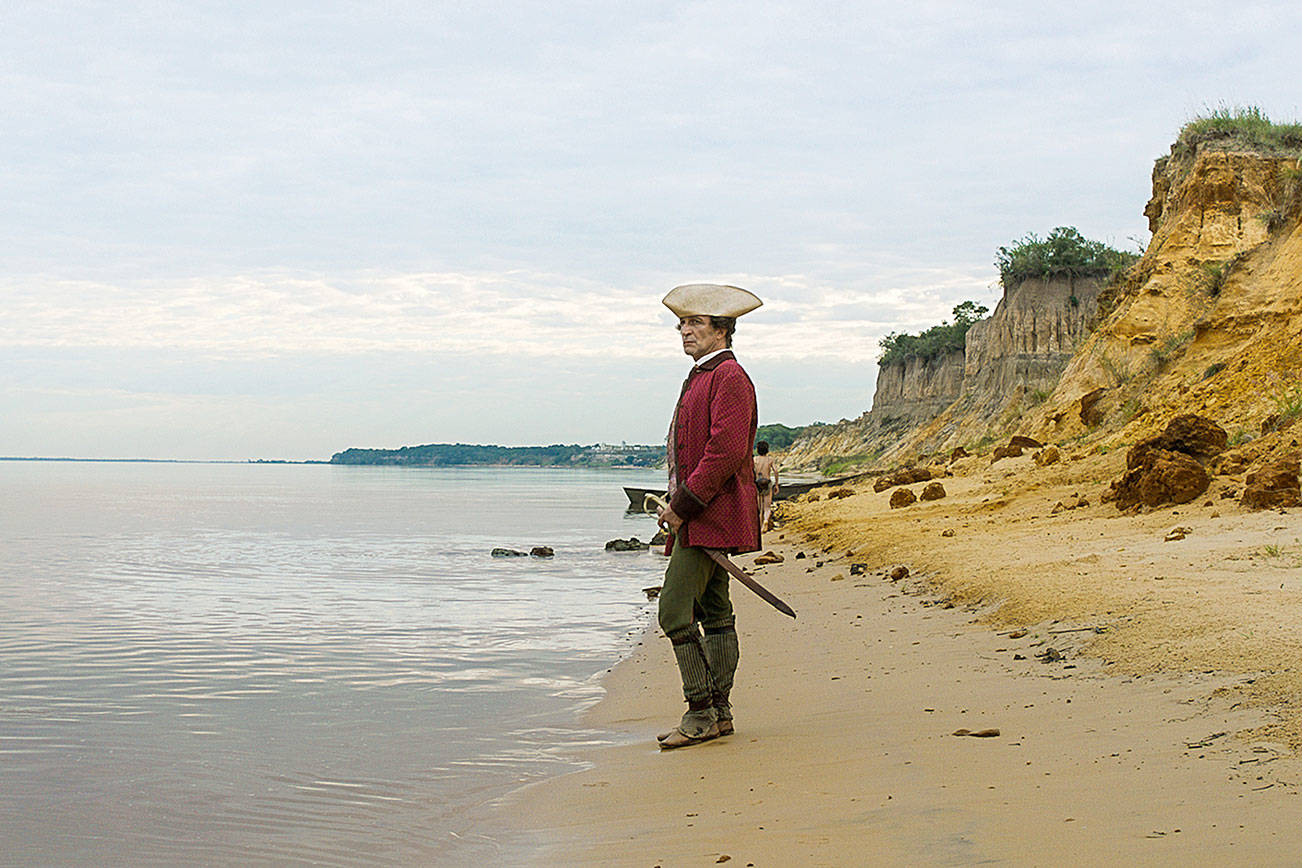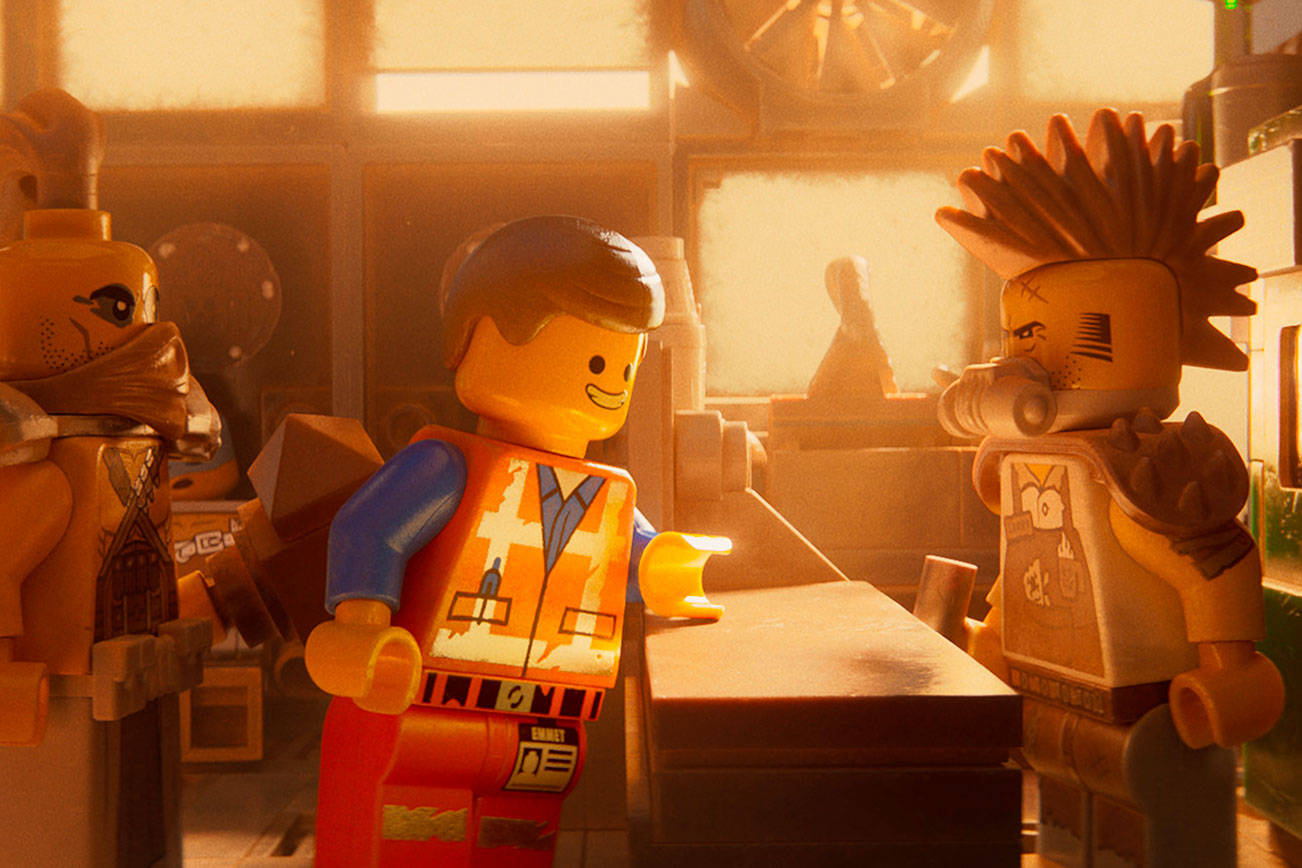A man stands beside a South American river, striking a distinguished pose in his 18th-century Spanish finery. You can guess his thoughts: Aren’t my boots impressive? See how my cocked hat radiates authority? Am I not the picture of a New World conquistador? But the longer we watch the opening sequence of Lucrecia Martel’s Zama, the less grand he seems. Within a minute, he’ll be crawling above the riverbank to spy on the women bathing below, until they chase him away with angry shouts of “Voyeur!” Behold the hapless Don Diego de Zama (played by Daniel Gimenez Gacho), a mid-level flunky in Spain’s colonial government. He wants success, he wants women, but most of all he wants to get out of this humid backwater.
Zama—a terrific film that plays like a fever dream—will deny him all of these.
Martel’s movie (Argentina’s official submission for last year’s Foreign Language Oscar, based Antonio di Benedetto’s classic novel) traps Zama in a Kafkaesque nightmare: Years pass while Don Diego repeatedly asks for a transfer, only to be stymied by a bewildering bureaucracy. His clumsy stabs at courtship result in abject humiliation. And he’s tormented by the existence of a bandit known as Vicuna Porto, a shadow figure who has either already been executed by Spanish authorities or continues to raid nearby homes. Nobody knows for sure. Vicuna Porto operates here as Orson Welles’ character does in The Third Man—everybody talks about him for the first three-fourths of the movie, so he seems more myth than reality. When Porto finally shows up, played by Matheus Nachtergaele (who looks a little like Welles, actually), the absurdity of his introduction—too good to spoil here—perfectly fits his legend.
Martel hints that absurdity may be the best way to treat a historical tragedy like colonialism. She punctuates the film with outlandishly odd touches, such as the llama that wanders into an important meeting, or transitional scenes scored to a lounge-music tune like “Harbor Lights.” Martel dishes out these left-field strokes with a confident hand; 10 years have passed since the Argentinean filmmaker’s previous feature (The Headless Woman), but if anything her skills have grown keener. Zama’s visits to a local noblewoman (the wickedly good Lola Nuenas) are little classes in the art of film directing—where most period films depict impeccable costumes and pretty design, Martel shows you the disheveled wigs and the noblewoman’s blackened teeth. And there’s a steady creeeeaking throughout one such scene—the movement of an overhead fan, hand-cranked by the enslaved human standing silently in milady’s private room.
Zama oozes disorientation. It traps Don Diego in his own hallucination, where nothing is fixed except his sweaty desire to escape (the film has a habit of repeating dialogue, as though Zama’s brain skips its grooves now and then). Lest this make the movie sound like a drag, rest assured that Zama is gorgeous, sneakily funny, and amazing to hear, with its soundtrack of buzzing insects and screeching birds.
We need a Lucrecia Martel movie more than once every 10 years. Apparently she spent a lot of the past decade working on an abortive science-fiction epic, which really needs to get made at some point. Unless all that universe-building and sci-fi energy went into Zama—which, given this movie’s otherworldly vibe, is not a farfetched notion.
Zama
Opens April 27 at SIFF Cinema Uptown and Northwest Film Forum | Not Rated






